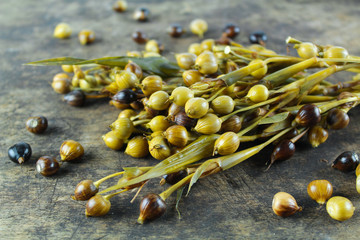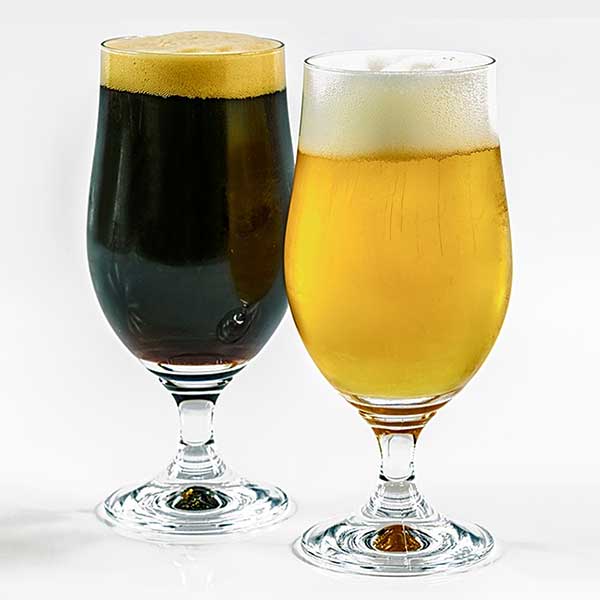Chinese herbs ginseng and coicis seed relieve ulcers, irritable bowel syndrome
Jan
30
In a double-blind, randomized clinical trial containing 54 patients, it was revealed that the combination of herbal medicine (Gwakhyangjeonggisan, GJS) and probiotics (Duolac7S, DUO) alleviated the symptoms of diarrhea-predominant irritable bowel syndrome (D-IBS) by changing the composition of gut microbiota. Beneficial intestinal microbe counts, including Bifidobacterium brevis, Bifidobacterium lactis, Streptococcus thermophilus, Lactobacillus rhamnosus, Lactobacillus plantarum, and Lactobacillus acidophilus, were synergistically enhanced by GJS combined with DUO, suggesting that a combined treatment of herbal medicine and probiotics might provide a promising implication for clinical treatment of D-IBS. GJS consists of 13 common crude herbs containing the ingredients naringin, hesperidin, thymol, honokiol and magnolol (source: State Key Laboratory of Natural Medicines, Jiangsu Key Laboratory of Carcinogenesis and Intervention, Department of Basic Medicine, School of Basic Medicine and Clinical Pharmacy, China Pharmaceutical University, 24 Tongjiaxiang, Nanjing 210009, China).
Of course, there is also the "stress factor". We produce cortisol when we are stressed, affecting every system in our body, especially the gut-brain axis (for more information about the impact of stress on the gut, see https://www.melbournemindbodypsychology.com/blog/help-for-ibs-the-microbiome-and-stress).









